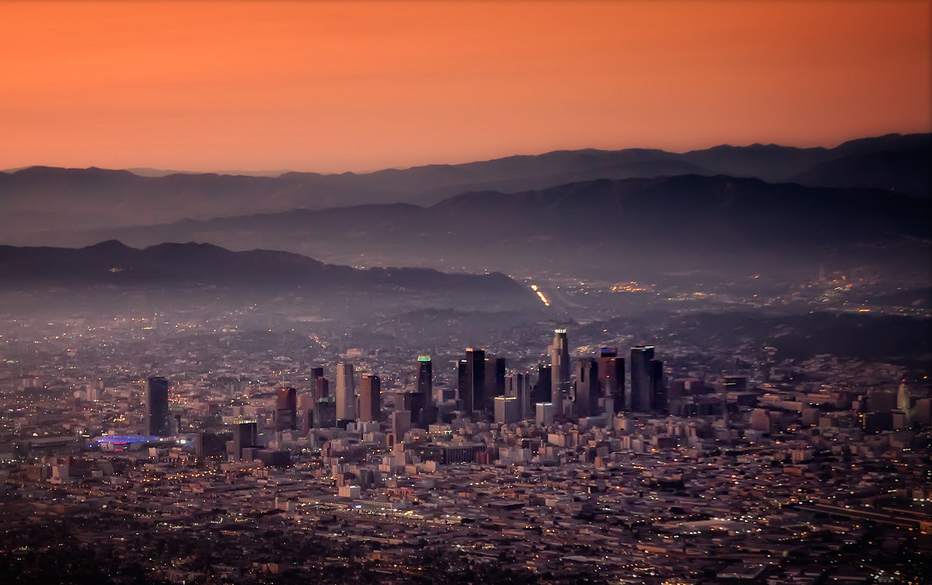The California Air Resources Board just announced that greenhouse gas pollution in California fell below 1990 levels for the first time since emissions peaked in 2004—an achievement roughly equal to taking 12 million cars off the road or saving 6 billion gallons of gasoline a year.
“California set the toughest emissions targets in the nation, tracked progress and delivered results,” said Governor Edmund G. Brown Jr. “The next step is for California to cut emissions below 1990 levels by 2030 – a heroic and very ambitious goal.”
Under Assembly Bill 32 passed in 2006, California must reduce its emissions to 1990 levels (431 million metric tons) by 2020. The 2016 Greenhouse Gas Emissions Inventory published today shows that California emitted 429 million metric tons of climate pollutants in 2016 – a drop of 12 million metric tons, or three percent, from 2015.
“In California we see the impacts of climate change all around us, but our efforts to curb its worst impacts are on track. We are well positioned to meet the challenge of the 2030 target,” said CARB Chair Mary D. Nichols. “This is great news for the health of Californians, the state’s environment and its economy, even as we face the failure of our national leadership to address climate change.”
LOOK: 700 Acres of Massive 1,000-Year-old Redwoods Are Being Turned into a Public Park
Senate Bill 32, signed in 2016, requires the state to go even further than AB 32 and cut emissions 40 percent below 1990 levels by 2030—the most ambitious carbon goal in North America.
The state’s annual emissions inventory helps keep the state accountable for meeting its emissions reduction targets. Highlights from the inventory published today include carbon pollution dropping 13 percent statewide since a 2004 peak; meanwhile, the economy grew 26 percent. Per capita emissions continue to be among the lowest in the country, at approximately half as much as the national average.
Additionally, Carbon pollution dropped 3 percent between 2015 and 2016—roughly equal to taking 2.4 million cars off the road or saving 1.5 billion gallons of gasoline and diesel fuel. California now produces twice as many goods and services for the same amount of greenhouse gas emissions as the rest of the nation.
RELATED: California Becomes First State to Feed Chronically Ill With Specially Prescribed Meals
Thanks to the carbon price signal created by the Cap-and-Trade Program that makes fossil fuel generation more expensive, cleaner out-of-state electricity is increasingly taking the place of fuels such as coal. This included more imports of hydroelectric power from outside the state, which grew by nearly 39 percent in 2016 thanks to abundant rainfall throughout the West Coast.
“Emissions may vary from year-to-year depending on the weather and other factors,” said CARB Executive Officer Richard Corey. “However, this inventory demonstrates that our policies are working to incentivize GHG-free energy sources and ensure the state remains on track to meet its climate targets in 2020 and beyond.”
The transportation sector, the state’s largest source of greenhouse gases, saw a 2 percent increase in emissions in 2016 because of increased fuel consumption. But the state also saw cars and trucks use a record amount of biofuels – 1.5 billion gallons in all – as a result of the state’s Low Carbon Fuel Standard. These low-carbon alternative fuels, consisting mostly of biodiesel, renewable diesel, and ethanol, avoided 14 million metric tons of carbon dioxide from entering the atmosphere, compared to what would have happened if conventional fossil fuels had been used.
CHECK OUT: Homeless Are Getting Six-Figure Jobs in Poor Neighborhood Overrun by Tech Companies
Emissions from the industrial sector – including refineries, oil and gas extraction, cement plants, and other stationary sources – fell 2 percent from 2015 levels, though emissions from refineries increased slightly.
The latest data for this inventory is from 2016. This is because the process for verifying and validating required reporting of emissions from all facilities under the Cap-and-Trade Program takes more than a year, and additional data undergoes rigorous vetting by other government agencies.
(Source: California Air Resources Board)
Clean Up Negativity By Sharing The Good News With Your Friends – Photo by Pedro_Szekely, CC




















